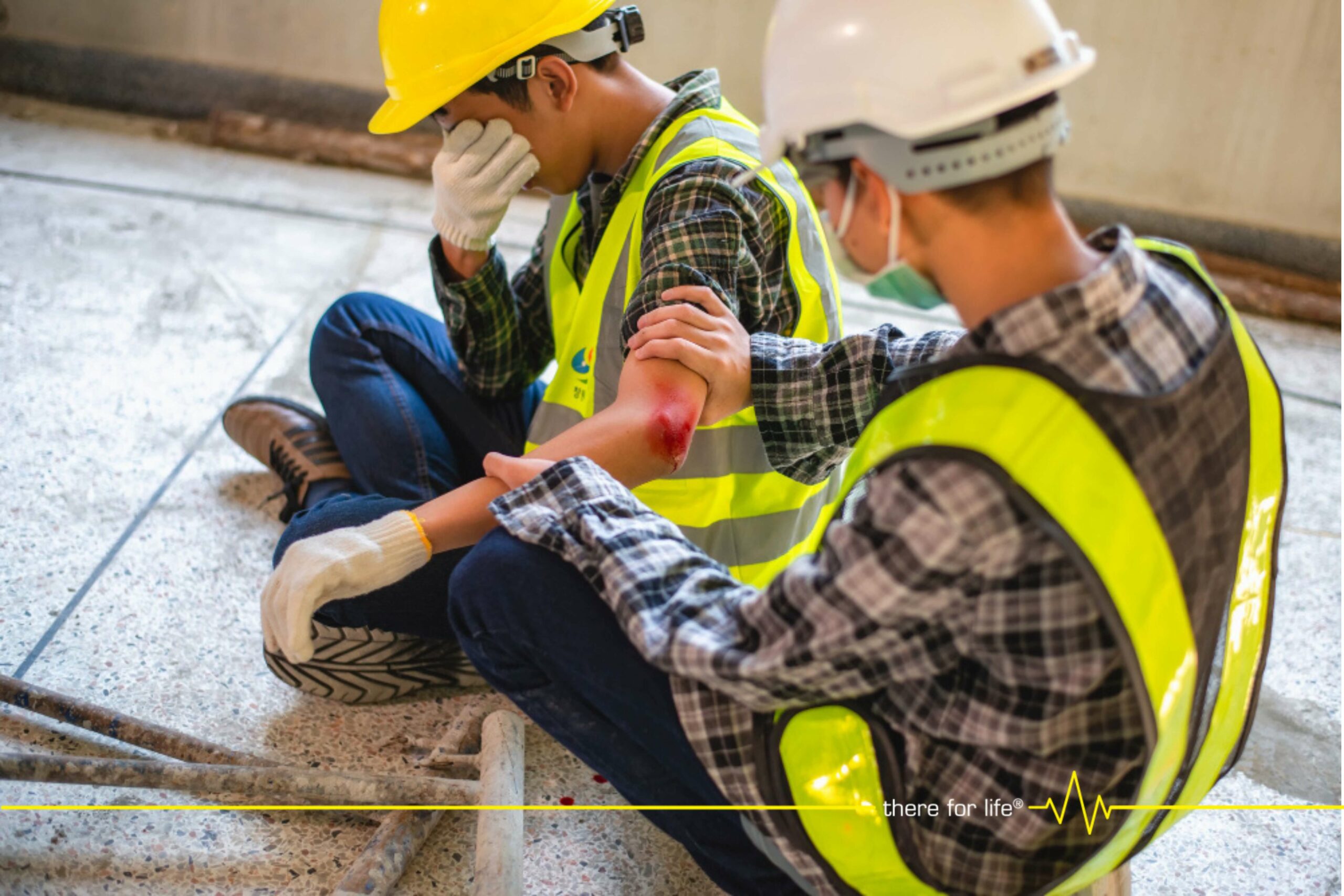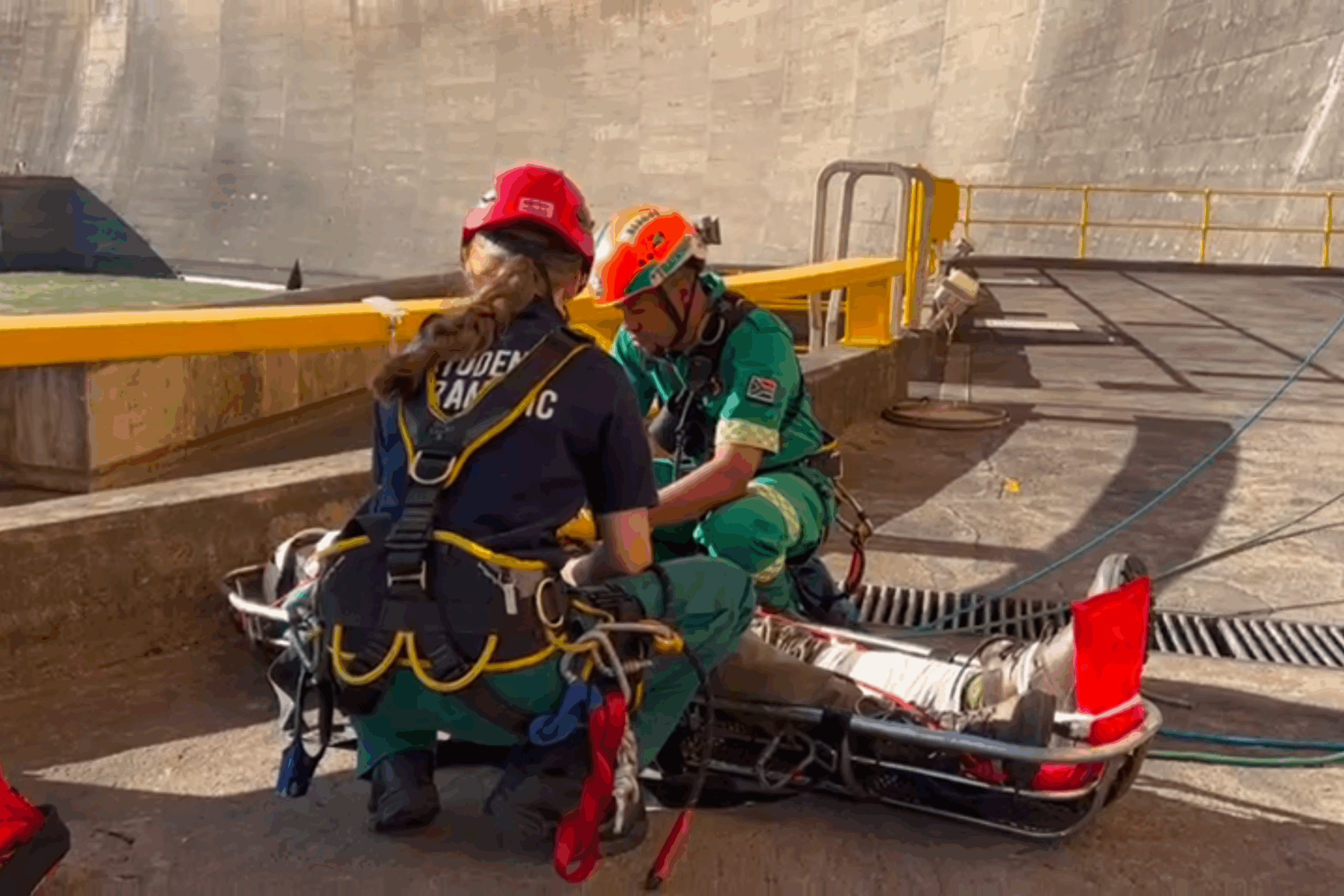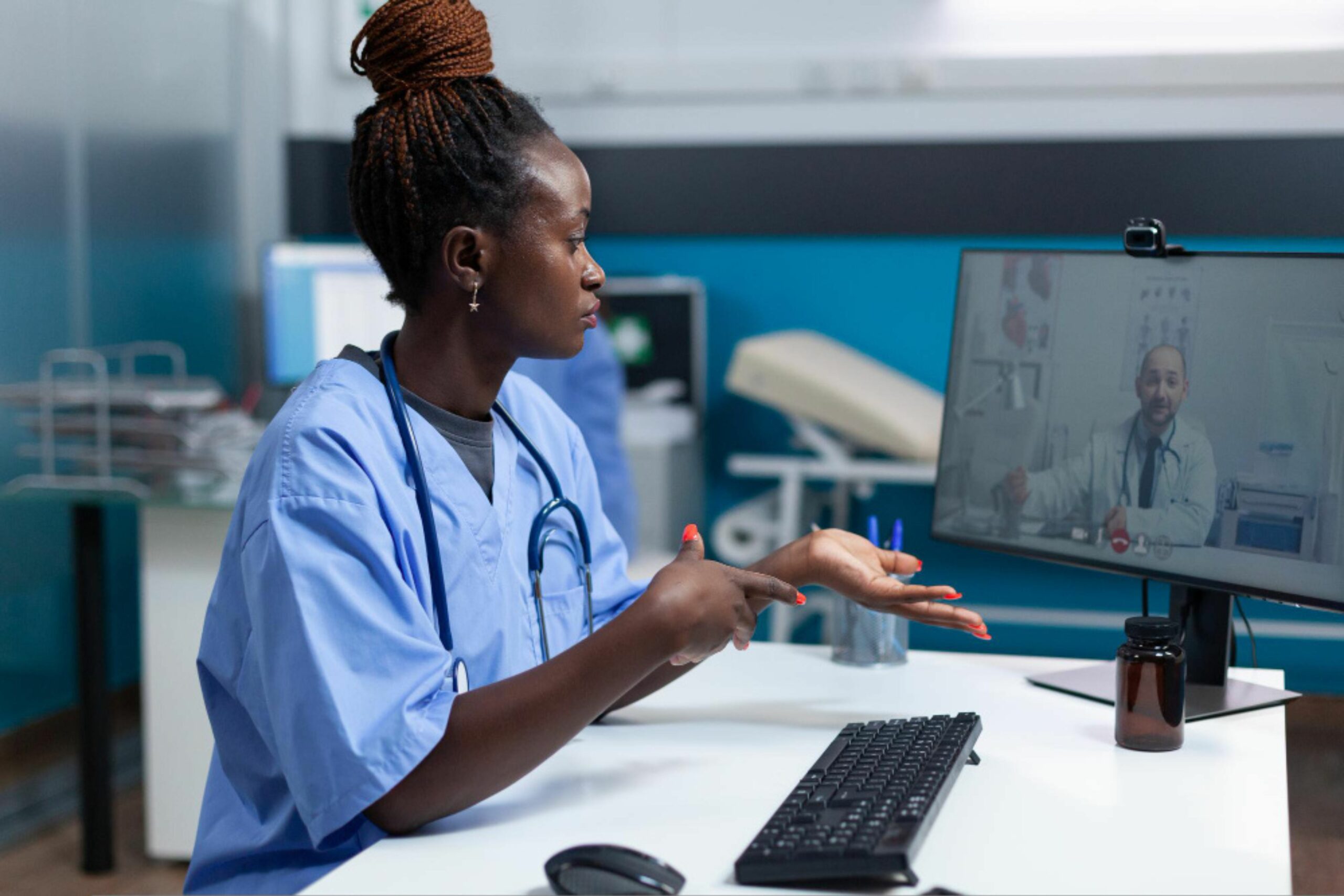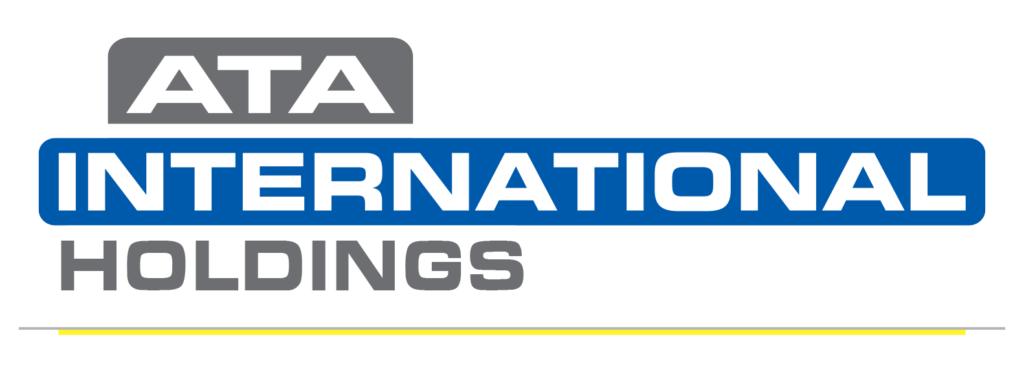Working in the mining, oil and gas, exploration, and construction industries can be challenging and demanding, with a wide range of unique risks and hazards. Ensuring the well-being of employees within these environments is critical to meeting an employer’s duty of care obligations. One of the ways to achieve this is by providing high-quality medical services on remote project sites. Below we examine the risks of working within these challenging environments and identify the types of medical services required to ensure occupational health compliance and the health and well-being of employees.

The Risks of Working on Remote Mining, Exploration, and Construction Sites
The nature of the mining, exploration, and construction industries involves exposure to heavy machinery and hazardous materials, working in extreme temperatures, and often in remote and isolated locations, which can increase the risk of accidents and make access to medical care more challenging.
Due to these elements, employees are often more susceptible to various injuries and illnesses, including cuts and bruises, fractures, head injuries, and exposure to hazardous chemicals, dust, and other pollutants. Mining and exploration sites, for example, are often located in remote areas where the terrain can be unpredictable and unstable. Employees may face risks associated with landslides, rockfalls, dangerous ground conditions, and the risks associated with underground mining. Similarly, construction sites are known for using heavy machinery and scaffolding, which can increase the risk of falls and other accidents.
From the above, it is clear that the environmental and job-related risks within these industries are significant, so access to medical services is essential to ensuring employees can receive the medical care necessary for emergencies, illnesses, injuries or accidents. Below we unpack the role of medical services in mitigating these risks.
The Role of Medical Services in Managing Risks
Medical services are a relatively broad term that encompasses proximity, curative and preventative care, which can be broken down as follows:
- Proximity care – refers to healthcare services that align with international and local healthcare regulations and standards and aim to bridge language and culture barriers that could impact medical care and treatment.
- Curative care – refers to having the right medical services that effectively treat emergencies, injuries, illnesses or accidents that may occur onsite. This includes setting up remote clinics, sourcing and procuring the necessary emergency medical and rescue equipment, and ensuring trained and experienced medical personnel can treat patients effectively.
- Preventive care – aims to assist employees in remaining healthy and mitigating health risks. This includes identifying employee health trends and possible injury or illness risks and implementing a targeted healthcare plan to reduce these risks. This also includes regular health assessments and medical screenings for workers, as well as providing education on healthy habits, well-being practices and risk management strategies. Effective preventative care can also help to promote a culture of well-being on these sites. This involves not only addressing the physical health needs of workers but also their mental health needs.
By providing workers with access to this kind of high-quality medical care, employers can:
- Meet their duty of care requirements and ensure their employees can access timely medical and emergency care.
- Provide fast access to quality medical care to employees in the event of an injury, accident, illness or emergency.
- Minimise workplace injuries through effective injury management and on-site specialist support.
- Save on costs by effectively managing recordable injuries and preventable illnesses and, in doing so, reducing the loss of productivity due to absenteeism.
- Ensure compliance across occupational health regulations and standards.
- Enhance business continuity by having suitable healthcare measures in place so that operations are unaffected.
The Role of Training and Certification of Medical Staff in Risk Mitigation
Medical services are only as good as the medical personnel there to treat employees. Having the right medical services in place will not matter if medical personnel are not trained, certified, and experienced in working within these remote locations.
The challenging and demanding conditions experienced in these locations can make it difficult to provide effective medical care within these environments. This is why medical personnel must be familiar with the specific risks and hazards present on these sites and be able to operate the medical equipment and work in the limited facilities available.
Sufficiently trained and certified medical staff on these sites can help to prevent injuries and illnesses from becoming more severe. They can also assist in identifying and managing risks before they lead to health issues. Thus, the practical training and certification of medical staff will ensure the well-being of employees and ensure they receive the best possible care and medical treatment.

The Role of On-Site Medical Clinic and Equipment in Risk Mitigation
Medical services and training play a significant role in assisting employers with meeting their duty of care. Other essential elements are medical equipment and on-site medical clinics.
From an equipment point of view, medical emergency and rescue equipment are vital to a remote clinic setting and the work being conducted within these industries. When this medical equipment is not readily available, it can have life-threatening consequences and significantly affect the ability to effectively treat employees in the case of an injury, accident, or illness. The results of not having this type of equipment include:
- Delayed medical treatment – medical staff cannot treat the patient effectively without the proper medical equipment. This could cause the patient to deteriorate significantly, and depending on the injury, the delay in getting medical treatment could be fatal.
- Difficulty handling emergencies – without the correct medical equipment, medical staff cannot correctly handle medical or rescue emergencies to the best of their ability.
- Increased risk of complications and permanent injuries – without the proper medical equipment, the patient may not get the required treatment, resulting in several difficulties that could affect the employee’s ability to live or work.
- Increased liability and potential legal issues – by not having the right medical equipment on-site, the employer is liable for not providing a duty of care. This has legal implications in various countries, which can cost the business large sums of money and ultimately affect the business’s reputation.
From a medical remote clinic point of view, there is often limited access to medical care within these locations, so constructing temporary or semi-permanent medical facilities is necessary. These clinic facilities provide proximity, curative and preventative medical care to employees.
Various types of medical facilities can be designed within these locations. This includes clinics, emergency casualty, ICU and theatre facilities. The type of facilities mainly constructed depends on the specific needs and requirements related to the project site.
Conclusion
Providing medical services within these industries is often a complex task that, if not managed correctly, has several risks that could negatively impact the organisation and its reputation. This is why these medical services should be provided within the context of a complete healthcare management system, such as the one designed by ATA International. With years of experience under their belts, ATA International Holdings has the expertise and knowledge to assist you in understanding the role of medical services on your project site and how this could effectively reduce several occupational health risks. Contact us today for more information on how ATA International can assist you in meeting your duty of care obligations and mitigating risks related to occupational health.







